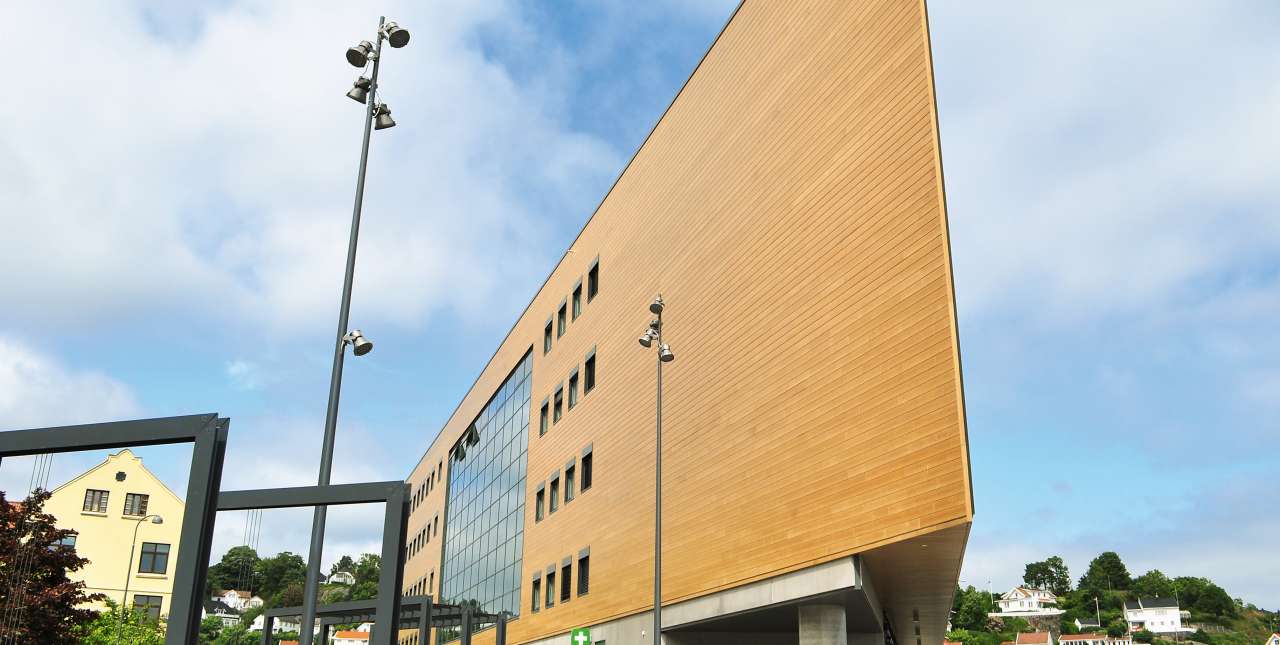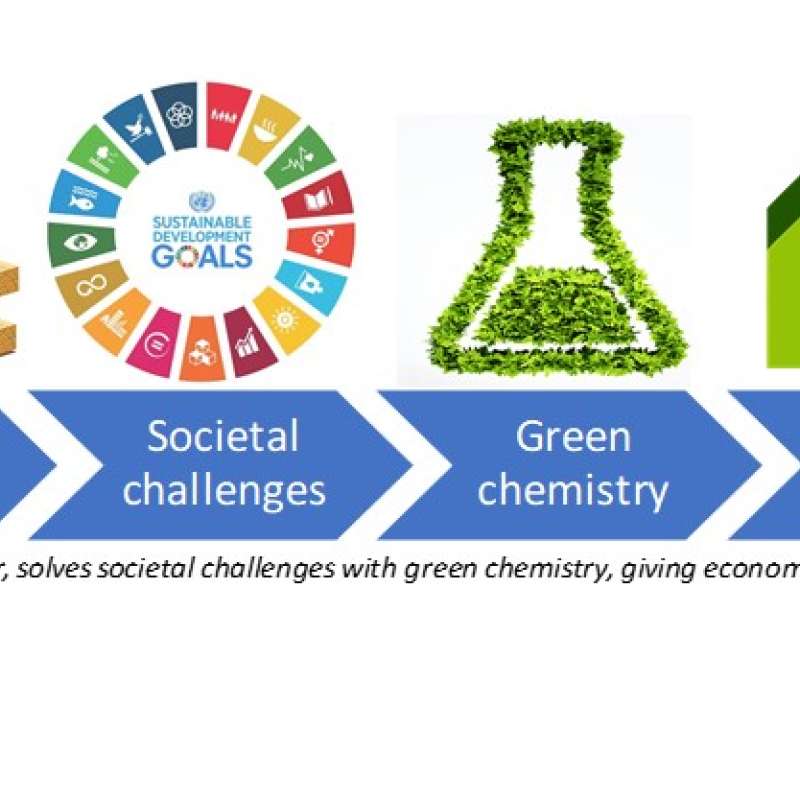
Erik Larnøy
Seniorforsker
-
Divisjon for skog og utmark
(+47) 922 62 657 erik.larnoy@nibio.no Kontorsted: Ås - Bygg H8



